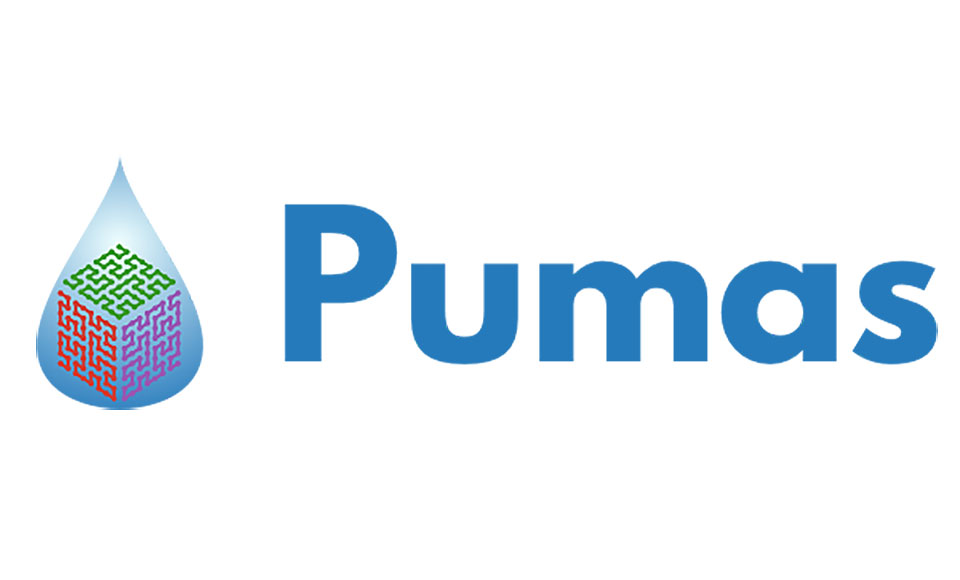A Step Towards Precision Therapeutics in the Treatment of Complicated Infections
Researchers from the School of Pharmacy and Johns Hopkins University use PET scans and pharmacometric modeling to help inform dosing recommendations for first-line tuberculosis drug.

By Malissa Carroll
January 28, 2019
A new study from researchers at the University of Maryland School of Pharmacy and the Johns Hopkins University School of Medicine uses non-invasive positron emission tomography (PET) scans and advanced pharmacometric modeling techniques to help optimize dosing recommendations for rifampin in patients diagnosed with tuberculosis meningitis (TBM), an often deadly strain of tuberculosis that infects the brain. Published in Science Translational Medicine, the study recommends an increase in current dose recommendations to ensure a sufficient amount of rifampin can reach the infection in the brain and decrease patients’ risk of developing an antibiotic-resistant infection.
“Rifampin is an important drug in the treatment of tuberculosis,” says Vijay Ivaturi, PhD, assistant professor in the Department of Pharmacy Practice and Science (PPS) and pharmacometrician in the Center for Translational Medicine (CTM) at the School of Pharmacy. “However, although this drug has been around for nearly 50 years, information about the optimal dose to administer to patients remains limited. This study offered our team an opportunity to explore the use of non-traditional, non-invasive methods to help determine the optimal treatment regimen for rifampin for patients diagnosed with TBM.”
According to the World Health Organization, tuberculosis is responsible for more than one million deaths around the world each year, making it one of the top 10 causes of death worldwide. TBM, which results from tuberculosis bacteria spreading to a patient’s brain and cerebral spinal fluid, is the most devastating and deadly form of this disease. It disproportionately affects children under age five and individuals who have been diagnosed with other chronic illnesses, such as human immunodeficiency virus (HIV).
Researchers have long known that rifampin, when administered at the current recommended dose, is not able to adequately penetrate and treat infections in the brain. There also exists a lack of reliable data on how the small percentage of drug that reaches the brain is distributed throughout the tissue, as current methods to measure the drug at the infection site involve surgical resection of the infected tissue. These limitations have hampered previous pharmacokinetic modeling efforts to optimize treatments for TBM.
“Traditional dosing recommendations for rifampin have been based on measurements of the drug in the patient’s blood,” says Ivaturi. “But, we know that the bacteria in TBM infections are sitting deeper in the tissue. Since it is incredibly difficult for us to measure the concentration of the drug at the tissue level, we must explore other options to help us best determine the right dose of medication needed to kill the bacteria where it lives.”
To help with this endeavor, Ivaturi collaborated with Sanjay Jain, MD, professor of pediatrics and international health and director of the Center for Infection and Inflammation Imaging Research at the Johns Hopkins University School of Medicine. Jain and his team engineered a version of rifampin with a charged particle, known as a positron, attached to the drug. This allowed the researchers to track the movement of the drug throughout the body and measure its concentration at the site of infection using PET scans.
Equipped with data from these scans, Ivaturi and his team used advanced pharmacometric modeling and simulation techniques – which they combined with known clinical pharmacology information for rifampin – to show that the concentration of rifampin at the site of infection in the brain significantly decreased over time. They were also able to extrapolate those results to optimize the dose of rifampin for children diagnosed with TBM.
“Through the use of these integrated technologies, including state-of-the-art imaging and advanced pharmacometric modeling, we were able to optimize treatments for patients with TBM,” says Ivaturi, who also explained that the models showed that patients diagnosed with TBM should be given a much higher dose of rifampin than is currently recommended – a minimum of 30 milligrams/kilogram (mg/kg), compared to the currently prescribed 10 to 20 mg/kg.
However, perhaps the most significant finding from this research is that this novel method is not limited to rifampin and TBM, but applicable to a wide range of antibiotic drugs and illnesses.
“In this study, we show proof-of-concept that PET scans are a clinically translatable tool to help clinicians non-invasively measure antibiotic distribution in infected tissues,” says Jain. “In the near future, we envision that this technology could be used to help us not only develop better treatments for TBM, but also to enable precision medicine techniques for patients with other complicated infections.”
“While we focused on individualizing treatment for TBM in this particular study, the techniques and tools that we used can be applied to a variety of other conditions,” adds Ivaturi. “In fact, we at CTM are currently working to develop a clinical decision support system that will be able to optimize treatments for a range of conditions and numerous therapeutics. This system will be available very soon, and it is going to revolutionize the field of precision therapeutics.”



